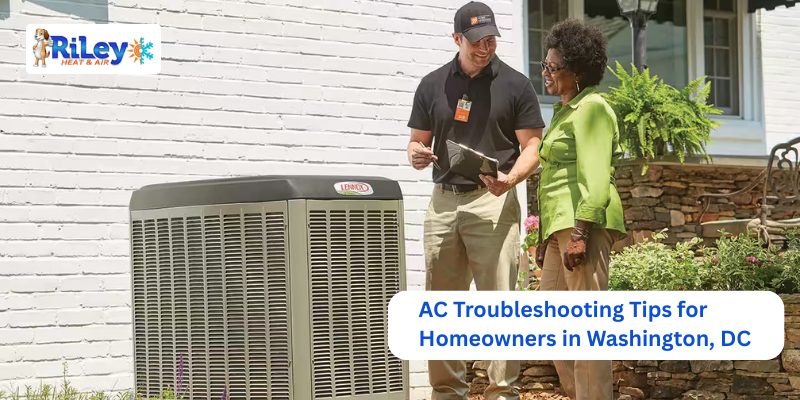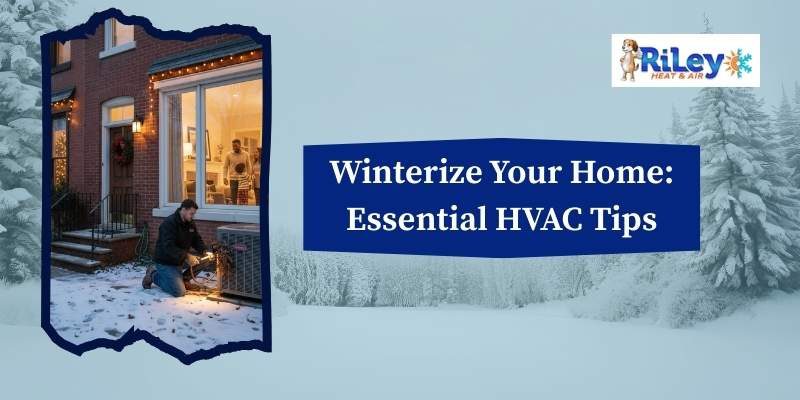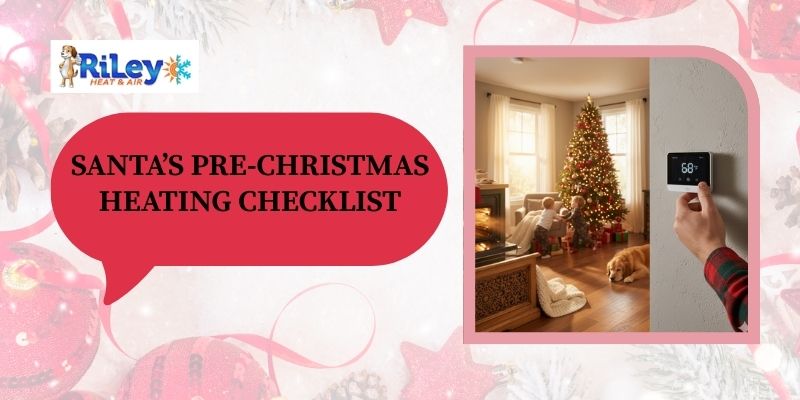
AC Troubleshooting Guide for Washington, DC, Homeowners
You can understand your system's next line of action with simple AC troubleshooting steps anytime. Nevertheless, you must be able to differentiate between problems that the DIY approach can resolve and those that need the intervention of a professional.
In this blog, we will guide you on all the troubleshooting steps you need to know to stop your AC system from developing a bigger problem.
Common Symptoms Your AC Needs Troubleshooting
-
- Air is not cooling the house properly
- AC will not turn on
- Low airflow
- Strange smells or sounds
- Excessive on-and-off cycling
- Rising energy bills
Step-by-Step AC Troubleshooting Guide
1. Check the Thermostat Settings
You can start your AC troubleshooting with the thermostat inspection. Ensure it is cool and the temperature is below the room temperature. Sometimes, the problem lies in something as trivial as user error or flat batteries. If your thermostat is battery-powered, change the batteries and check whether the issue is resolved.For programmable thermostats, verify the settings and schedule again to make them accurate. When smart, ensure it is connected to the Wi-Fi and functioning correctly. The thermostat is a must in Washington, DC, where the temperature is rising rapidly in summer, and it is vital to keep people comfortable indoors and prevent unwanted service requests.
2. Check Air Filter
One of the most frequent reasons behind AC problems is the presence of a dirty air filter. It limits airflow, which makes your system strain and may result in poor cooling, the freezing of the coil, or even the system shutting down. Find the filter most often in the return air duct or the inside of the air handler, and take it out.
When it is dusty or grey, it should be replaced. DC homeowners ought to inspect their filters at least once a month in high-use months and change them at least once every 1-3 months based on usage and home setting. Maintaining efficiency, air quality, and the life span of your system will be supported by clean filters.
3. Examine the Circuit Breaker
The circuit breaker is to blame if your AC does not start. Find an AC/HVAC tripped breaker at your home's electric panel. Please turn it off and off. Once your system starts up, that is excellent. However, be careful.
Frequent tripping is an indication of some electrical faults or system overloading. When you notice this, call a licensed HVAC specialist, especially if you live in an older house with outdated wiring systems—a professional works on your AC to ensure your home's electrical safety.
4. Clean Around the Outdoor Unit
Your condenser unit must have air. It is frequently covered in leaves, grass clippings, twigs, and other trash, which block air circulation and result in overheating or poor performance of the system. Switch off the power by clearing a two-foot area around the unit.
Spray the dirt off the outside fins using a garden hose; never use high pressure. Good airflow will mean heat dissipates appropriately, enabling your AC to cool your house effectively. This small act can significantly change the system's performance in the urban neighbourhoods and suburban leafy areas of DC.
5. Look for Frozen Coils
Frozen evaporator coils indicate that something has gone wrong; there is poor airflow or low refrigerant. You should turn off the system when you find ice on the indoor unit or refrigerant lines in case your AC is not cooling. This may take several hours. It is common to have a dirty air filter or blocked vents, which can be the cause.
Frequent coil freezing is a sign that you need to call in a specialist to check it, as well as the refrigerant levels and airflow. A frozen coil in humid Washington, DC, is a serious issue. To avoid severe consequences, such as water leaks and expensive repairs, address it immediately.
6. Check the Vents
The air movement requires open and free vents all over your house. To ensure your vents are efficient, check all rooms to confirm an unobstructed flow that home appliances like furniture, curtains, or rugs can cause. If you have vents that are not entirely open, you will experience a warmer atmosphere in some rooms because the system will find it challenging to maintain the supposed temperature.
The uniform airflow will inhibit uneven cooling in the multiple-story houses prevalent in DC. Vacuuming on vents also contributes to the control of dust, maintaining the air quality. Minor alterations here will result in instant relief and better system functioning.
Local Factors: Why AC Issues Are Common in DC
Hot and Humid Summers: Hot summers in Washington, DC, place an extra burden on air conditioners with their humidity.
Ageing Housing Infrastructure: Most DC homes are characterised by old ducts, inefficient insulation, or old electric systems.
Urban Heat Island Effect: The urban density in DC traps and holds heat, increasing the neighbourhood's temperature by a few degrees Celsius.
Seasonal Demands on AC: It is common for residents to use their AC for more extended periods during the summer.
Conclusion
As a resident of Washington, DC, I always ensure I service my AC as frequently as possible, particularly in summer. However, you can provide this only if you attend to issues on time. While some problems have simple solutions, others require expert attention. Do not wait for a breakdown to disrupt your comfort.
For reliable diagnostics, repairs, and seasonal maintenance, contact Riley Heat & Air today, your trusted HVAC professionals serving DC and surrounding areas.






